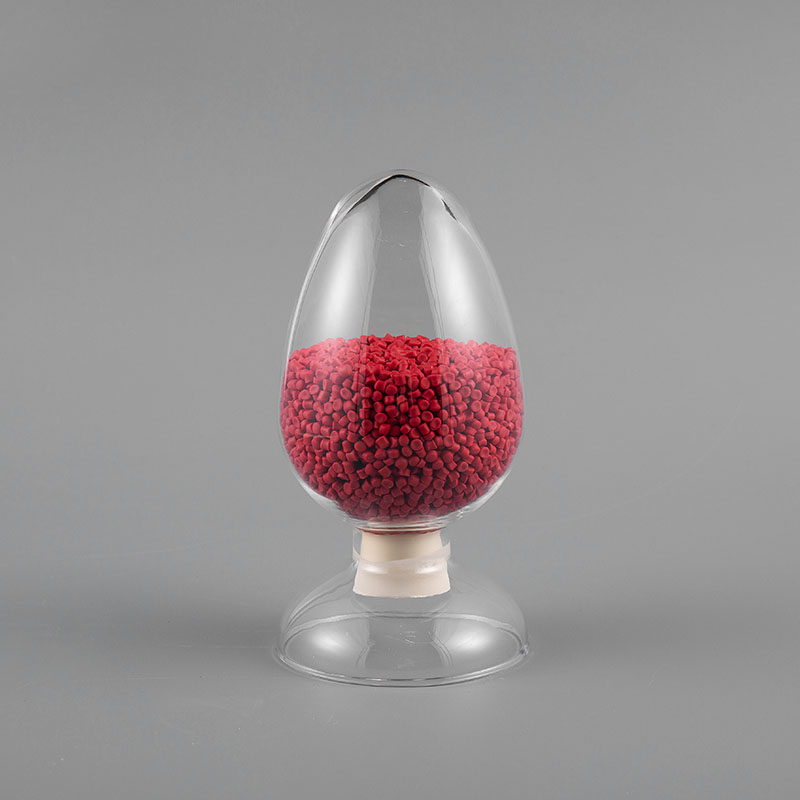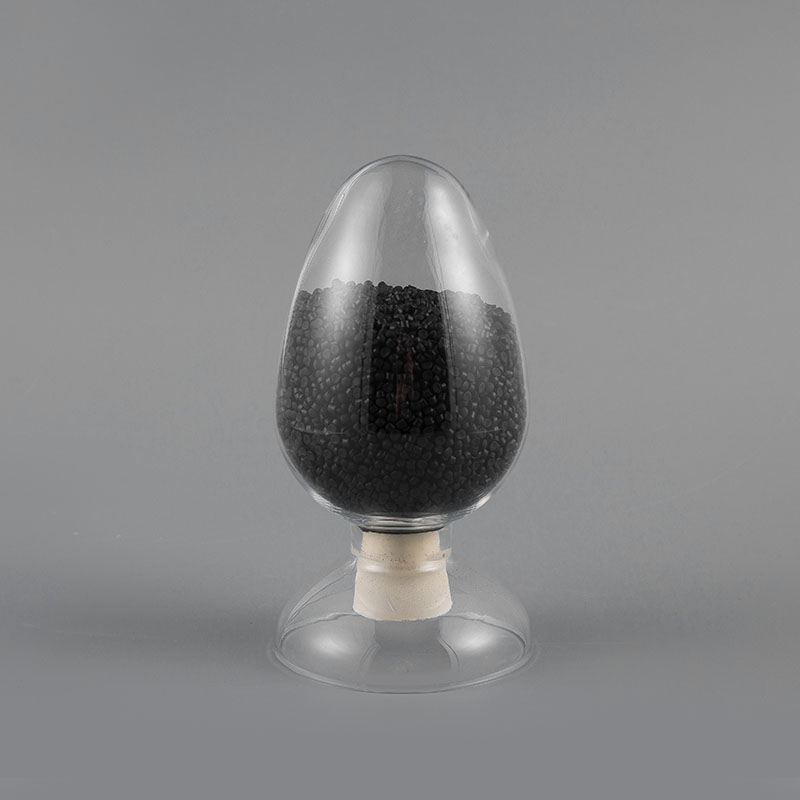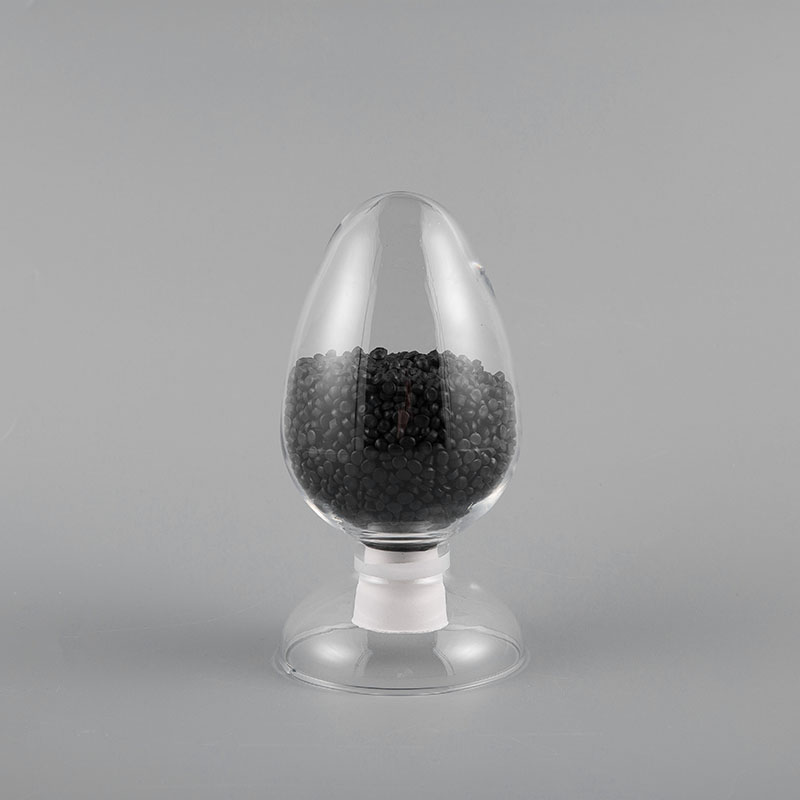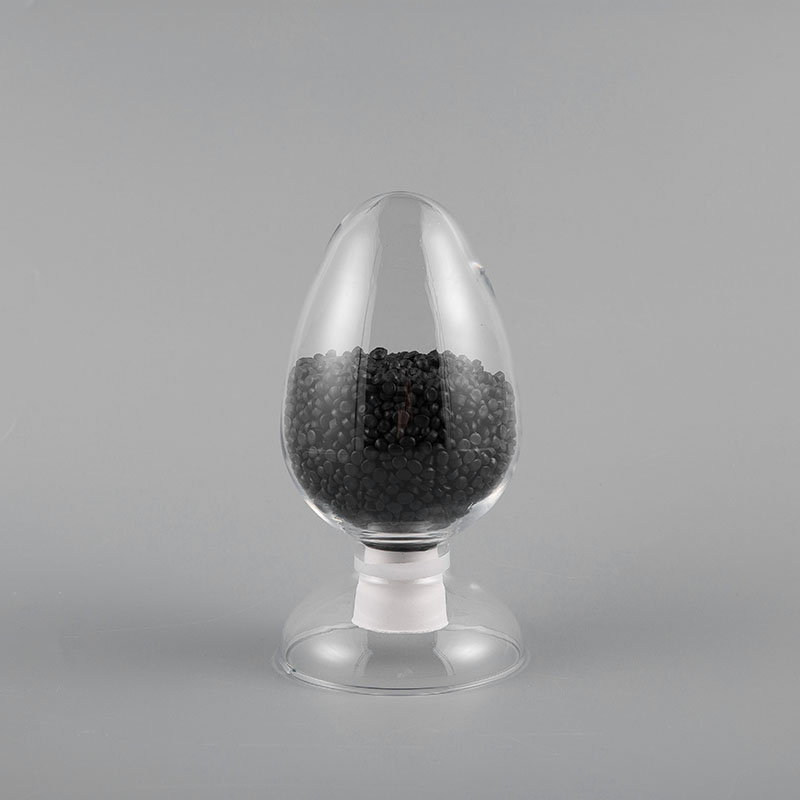- 1 Understanding the Fundamental Material Differences
- 2 Fire Safety Performance: LSZH vs PVC
- 3 Mechanical and Physical Properties Comparison
- 4 Electrical Performance Characteristics
- 5 Application-Specific Considerations
- 6 Cost Analysis and Lifecycle Considerations
- 7 Manufacturing and Quality Assurance
- 8 Future Trends and Material Development
- 9 FAQ
- 9.1 When is LSZH absolutely required versus optional for cable applications?
- 9.2 How much does LSZH typically cost compared to PVC, and is the premium justified?
- 9.3 Can LSZH and PVC cables be used together in the same installation?
- 9.4 What are the installation differences between LSZH and PVC cables?
- 9.5 How do environmental factors affect the long-term performance of LSZH vs PVC?
The debate between LSZH compounds for power cables and traditional PVC materials represents one of the most significant considerations in modern cable specification. As safety regulations tighten and performance requirements evolve, understanding the fundamental differences between these materials becomes crucial for engineers, specifiers, and installation professionals. This comprehensive analysis examines the technical properties, application suitability, and long-term performance of both materials across various environments.
ML-R7802-96 80℃ PVC material for automotive cable
Understanding the Fundamental Material Differences
Low Smoke Zero Halogen (LSZH) and Polyvinyl Chloride (PVC) represent distinct material technologies with different chemical compositions and performance characteristics. While PVC has been the industry standard for decades, LSZH cable materials have gained significant traction in applications where fire safety and environmental concerns are paramount. The fundamental differences stem from their base polymer chemistry and additive packages, which dictate their behavior under normal and extreme conditions.
- Chemical Composition: PVC contains chlorine-based compounds while LSZH utilizes halogen-free polymers like polyolefins
- Fire Behavior: LSZH is engineered to minimize smoke and toxic emissions during combustion
- Manufacturing Process: Both materials require specialized compounding but differ in processing parameters and equipment requirements
- Material Cost Structure: LSZH typically commands a premium due to specialized raw materials and manufacturing processes
- Regulatory Compliance: Each material meets different standards and certification requirements
Fire Safety Performance: LSZH vs PVC
Fire safety represents the most significant differentiator between LSZH compounds for power cables and traditional PVC formulations. When exposed to fire, these materials behave dramatically differently, with important implications for life safety, property protection, and business continuity. Understanding these differences is essential for proper material selection in various applications.
Smoke Generation and Toxicity
During combustion, LSZH cable materials are specifically engineered to produce minimal smoke and eliminate toxic halogen gases. This characteristic proves critical in enclosed spaces where visibility during evacuation and toxicity exposure present significant risks. PVC, when burning, generates dense black smoke and hydrochloric acid gas, which can complicate evacuation efforts and damage electronic equipment.
- Smoke Density Reduction: LSZH typically achieves 80-90% reduction in smoke density compared to PVC
- Acid Gas Elimination: LSZH produces minimal corrosive gases while PVC emits hydrochloric acid
- Visibility Preservation: Critical for evacuation routes in tunnels, aircraft, and high-rise buildings
- Secondary Damage Prevention: Non-corrosive combustion products protect sensitive electronics
| Fire Safety Parameter | LSZH Performance | PVC Performance |
| Smoke Density (NBS Chamber) | ≤100 | 300-600 |
| Acid Gas Generation (pH) | ≥4.3 | ≤3.5 |
| Oxygen Index (LOI) | 28-35% | 23-28% |
| Flame Spread Classification | V-0 (UL94) | V-2 to V-0 |
Flame Retardancy Mechanisms
The flame retardancy mechanisms differ significantly between LSZH and PVC compounds, impacting their performance during fire scenarios. PVC relies on chlorine content that provides inherent flame resistance, while LSZH utilizes metal hydroxides that release water vapor when heated, cooling the material and diluting flammable gases.
- Char Formation: LSZH forms protective char layers that insulate underlying materials
- Endothermic Reactions: Aluminum trihydrate and magnesium hydroxide absorb heat during decomposition
- Gas Phase Interference: LSZH additives interfere with combustion chain reactions
- Dripping Behavior: Properly formulated LSZH resists dripping that can spread flames
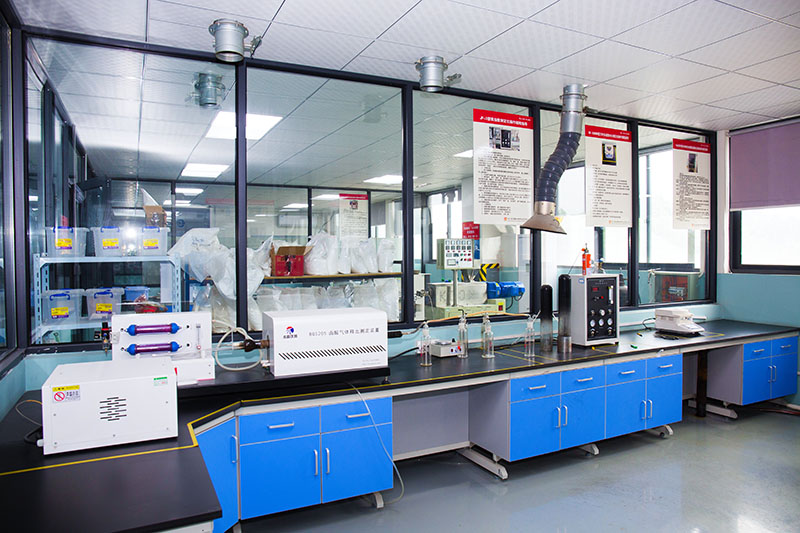
Mechanical and Physical Properties Comparison
Beyond fire performance, mechanical and physical properties significantly influence material selection for specific applications. LSZH compounds for power cables and PVC each offer distinct advantages in terms of durability, flexibility, and environmental resistance that must be balanced against project requirements.
Tensile Strength and Flexibility
The mechanical properties of cable materials directly impact installation ease, long-term reliability, and resistance to physical stress. While flexible LSZH compounds have improved significantly in recent years, PVC generally offers superior flexibility and tear resistance across a wider temperature range, particularly in colder environments.
- Elongation at Break: PVC typically achieves 200-300% while LSZH ranges from 150-250%
- Tensile Strength: Both materials provide adequate strength for most installations (10-20 MPa)
- Cold Bend Performance: PVC maintains flexibility at lower temperatures than standard LSZH
- Abrasion Resistance: PVC generally offers superior resistance to mechanical wear
| Mechanical Property | LSZH Typical Range | PVC Typical Range |
| Tensile Strength (MPa) | 10-15 | 12-20 |
| Elongation at Break (%) | 150-250 | 200-300 |
| Shore D Hardness | 50-60 | 50-65 |
| Tear Resistance (N/mm) | 25-40 | 30-50 |
Environmental Resistance and Aging
Long-term performance in various environmental conditions represents another critical consideration when comparing LSZH vs PVC cable materials. Both materials offer specific advantages depending on the environmental stressors present, including UV exposure, moisture, chemicals, and temperature extremes.
- UV Resistance: Both materials require stabilizers for outdoor applications
- Water Absorption: LSZH typically exhibits lower water absorption than PVC
- Chemical Resistance: PVC offers superior resistance to acids, alkalis, and solvents
- Thermal Aging: Modern formulations of both materials provide excellent long-term thermal stability
Electrical Performance Characteristics
Electrical properties constitute fundamental requirements for any cable material, influencing safety, efficiency, and application suitability. Both LSZH compounds for power cables and PVC offer excellent electrical insulation properties, though with some distinct characteristics that may influence selection for specific applications.
Dielectric Strength and Insulation Resistance
The dielectric properties of cable materials determine their effectiveness as electrical insulators and their ability to withstand voltage stresses over time. Both LSZH and PVC compounds provide excellent dielectric strength suitable for most low and medium voltage applications, with some formulation-dependent variations.
- Dielectric Constant: LSZH typically exhibits lower dielectric constant than PVC (2.5-3.5 vs 4-7)
- Dissipation Factor: Both materials maintain low loss characteristics at power frequencies
- Volume Resistivity: Excellent for both materials (>10^12 Ω·cm)
- Tracking Resistance: LSZH generally offers superior performance in contaminated environments
| Electrical Property | LSZH Performance | PVC Performance |
| Dielectric Strength (kV/mm) | 20-30 | 15-25 |
| Volume Resistivity (Ω·cm) | >10^15 | >10^14 |
| Dielectric Constant (50Hz) | 2.5-3.5 | 4-7 |
| Dissipation Factor (50Hz) | 0.001-0.005 | 0.05-0.10 |
Application-Specific Considerations
The optimal choice between LSZH compounds for power cables and PVC depends heavily on the specific application, environment, and regulatory requirements. Each material excels in different scenarios, making context-aware selection essential for achieving optimal performance, safety, and cost-effectiveness.
High-Risk and Public Spaces
In applications where human life safety represents the paramount concern, LSZH cable materials often become the specification requirement. Their superior performance during fire events makes them essential for environments with high occupant density, limited escape routes, or critical infrastructure protection requirements.
- Mass Transportation: Railways, airports, and subway systems where evacuation presents challenges
- High-Rise Buildings: Vertical structures where smoke migration threatens multiple floors
- Healthcare Facilities: Hospitals and care homes with limited patient mobility
- Data Centers: Protection of critical electronic infrastructure from corrosive gases
Industrial and General Purpose Applications
For many industrial, commercial, and residential applications, PVC continues to offer excellent performance at a competitive price point. The material's proven track record, ease of processing, and balanced property profile make it suitable for numerous applications where the enhanced fire safety of LSZH compounds isn't mandated.
- General Building Wiring: Residential and commercial construction with adequate fire protection systems
- Industrial Control Systems: Manufacturing environments with specific chemical resistance requirements
- Temporary Installations: Construction sites and events where cables are frequently moved
- Cost-Sensitive Projects: Applications with budget constraints where LSZH premium isn't justified
| Application Environment | Recommended Material | Key Justification |
| Railway Tunnels & Stations | LSZH | Reduced smoke density, non-toxic emissions |
| Industrial Control Panels | PVC | Chemical resistance, cost-effectiveness |
| Data Center Raised Floors | LSZH | Corrosive gas protection for sensitive electronics |
| Residential Building Wiring | PVC | Proven performance, appropriate safety level |
Cost Analysis and Lifecycle Considerations
The economic comparison between LSZH compounds for power cables and PVC extends beyond initial material costs to encompass installation, maintenance, and potential liability considerations. A comprehensive lifecycle cost analysis often reveals different value propositions than simple price-per-kilogram comparisons.
Initial Cost vs Long-Term Value
While LSZH cable materials typically command a 20-50% price premium over comparable PVC compounds, this initial cost difference must be evaluated against potential long-term benefits including reduced insurance premiums, lower liability exposure, and extended service life in demanding environments.
- Material Cost Premium: LSZH typically costs 20-50% more than equivalent PVC compounds
- Installation Considerations: Similar handling and installation procedures for both materials
- Insurance Implications: Potential premium reductions for facilities using enhanced safety materials
- Liability Exposure: Reduced risk profile with LSZH in high-occupancy applications
Manufacturing and Quality Assurance
The production of high-performance LSZH and PVC compounds requires sophisticated manufacturing capabilities and rigorous quality control systems. Established manufacturers like Hangzhou Meilin New Material Technology Co., Ltd. have developed specialized expertise in both material technologies, ensuring consistent performance and compliance with international standards.
- Advanced Compounding: Precise control of material formulations and additive dispersion
- Quality Certification: Compliance with ISO 9001 and relevant industry-specific standards
- Batch Consistency: Statistical process control ensuring repeatable performance
- Technical Support: Engineering expertise to assist with material selection and application challenges
- Research & Development: Continuous improvement of material formulations and properties
Future Trends and Material Development
The evolution of both LSZH compounds for power cables and PVC materials continues in response to changing regulations, performance requirements, and sustainability considerations. Ongoing research focuses on addressing limitations while enhancing the inherent advantages of each material technology.
- Enhanced LSZH Flexibility: Development of new formulations with improved low-temperature performance
- Sustainable PVC Formulations: Incorporation of bio-based plasticizers and recyclable systems
- Hybrid Material Systems: Combinations leveraging the advantages of both technologies
- Smart Additive Technologies: Multi-functional additives providing enhanced properties
- Circular Economy Initiatives: Improved recyclability and end-of-life management for both materials
FAQ
When is LSZH absolutely required versus optional for cable applications?
LSZH compounds for power cables become mandatory in applications where human life safety and equipment protection during fire events represent critical concerns. Regulatory requirements typically mandate LSZH in mass transportation systems (railways, airports, subways), high-rise buildings, underground installations, data centers, and healthcare facilities. The specific requirements are typically outlined in local building codes, industry standards (such as NEC, IEC, or EN standards), and project specifications. Even when not explicitly required, many specifiers choose LSZH cable materials for applications with high occupant density, limited escape routes, or critical infrastructure that must remain operational during emergency situations.
The cost premium for LSZH compounds for power cables typically ranges from 20% to 50% over comparable PVC formulations, depending on specific performance requirements and quantity. This initial cost difference must be evaluated against the total project cost and potential long-term benefits. The premium is often justified in applications where enhanced fire safety can reduce insurance premiums, limit liability exposure, protect critical equipment, or potentially save lives. For projects with adequate other fire protection measures or lower risk profiles, PVC may represent the more cost-effective solution. A thorough risk assessment should guide the decision rather than initial cost alone.
Can LSZH and PVC cables be used together in the same installation?
While technically possible to use LSZH and PVC cables within the same installation, this practice requires careful consideration and is generally discouraged in coordinated systems. The primary concern involves the different fire performance characteristics, where PVC combustion products could compromise the safety benefits provided by LSZH cables. In the event of a fire, PVC cables would generate dense, toxic smoke that could overwhelm the reduced emissions from LSZH cables. If mixed installations are unavoidable, segregation strategies, additional fire protection measures, and comprehensive risk assessments should be implemented. Best practice involves consistent material selection throughout safety-critical pathways and escape routes.
What are the installation differences between LSZH and PVC cables?
Modern LSZH cable materials have been formulated to minimize installation differences compared to traditional PVC cables. However, some distinctions remain that installers should recognize. LSZH compounds typically exhibit slightly reduced flexibility, particularly at lower temperatures, which may require additional care during bending in confined spaces. The pulling tension characteristics are generally similar, though lubrication requirements may vary. Termination and stripping procedures are comparable for both materials. Experienced manufacturers like Hangzhou Meilin New Material Technology Co., Ltd. have developed flexible LSZH compounds that closely match the handling characteristics of PVC, minimizing installation challenges while maintaining enhanced fire safety performance.
How do environmental factors affect the long-term performance of LSZH vs PVC?
Both LSZH compounds for power cables and PVC offer excellent long-term performance when properly formulated for specific environmental conditions. LSZH typically demonstrates superior resistance to water absorption and tracking in moist environments, while PVC generally offers better resistance to oils, chemicals, and solvents. UV resistance requires appropriate stabilizers in both materials for outdoor applications. Thermal aging performance has improved significantly in both material technologies, with modern formulations maintaining properties over extended service lives. The selection between materials should consider the specific environmental stressors present, with LSZH cable materials often preferred in applications where moisture resistance is critical, and PVC selected for chemical resistance requirements.


 English
English 中文简体
中文简体 русский
русский



